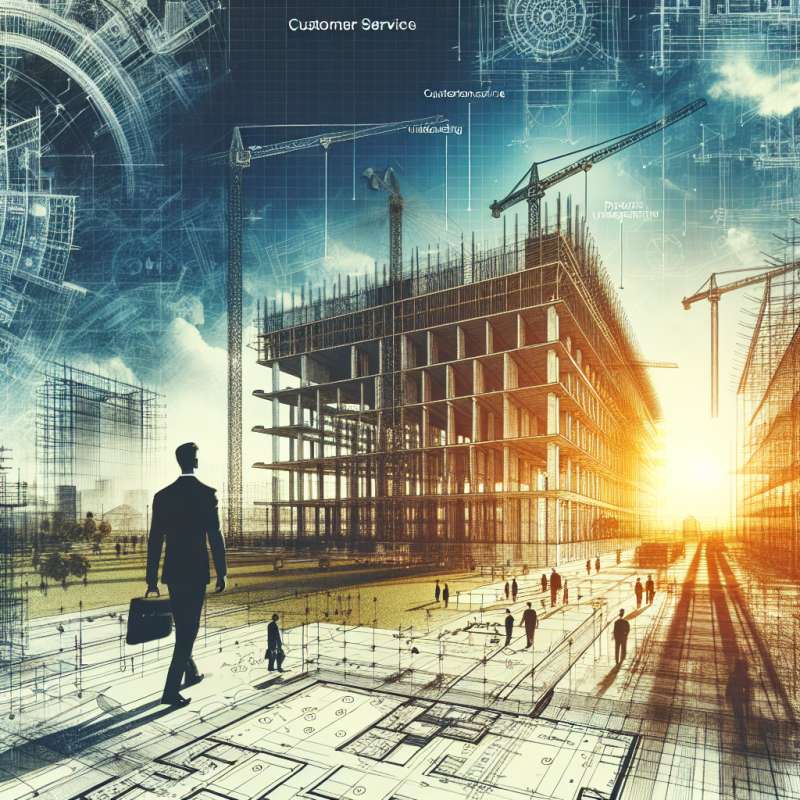關鍵字:土木工程、結構工程、BIM技術、可持續建築、智慧建築
在土木工程和結構工程領域,BIM技術是一項近年來發展迅速且非常重要的技術。BIM,全稱為建築資訊模型(Building Information Modeling),是一種基於三維建模的數位化技術,可以實現設計、建造和管理全過程的一體化信息化。
BIM技術在可持續建築中的應用已經成為當今土木工程和結構工程中的一個關鍵項目。可持續建築是指在設計、建造和使用的過程中最大限度地減少對環境的影響,同時提高對人類健康和幸福的關注。通過使用BIM技術,工程師可以更有效地設計和優化建築物的能源效益、資源利用和室內空間品質等方面。
BIM技術不僅可以提供建築物的三維模型,還可以結合各種數據和信息,實現對建築物的智能控制和管理。例如,通過與感測器和智能設備的連接,BIM模型可以實時監測建築物的能耗和室內環境,並根據需求進行調節,從而實現節能和室內舒適度的最佳平衡。
此外,BIM技術還可以將建築物的數據和信息連接到整個建築生命週期中。通過與設備和設施管理系統的集成,BIM模型可以幫助工程師和管理人員更好地了解和管理建築物的運營和維護需求,從而延長建築物的壽命和減少維護成本。
因此,BIM技術在可持續智慧建築中的應用有著廣闊的前景。這項技術的發展和應用,既可以幫助我們更好地保護環境,同時也可以提高建築物的可持續性和使用價值。
Keywords: Civil Engineering, Structural Engineering, BIM Technology, Sustainable Construction, Smart Buildings
Title: The Application of BIM Technology in Sustainable Smart Buildings
Article:
Keywords: Civil Engineering, Structural Engineering, BIM Technology, Sustainable Construction, Smart Buildings
In the fields of civil engineering and structural engineering, BIM technology has rapidly developed and become crucial in recent years. BIM, short for Building Information Modeling, is a digital technology based on 3D modeling, enabling the integration of design, construction, and management processes.
The application of BIM technology in sustainable construction has become a key aspect in civil engineering and structural engineering today. Sustainable construction aims to minimize the impact on the environment during design, construction, and operation processes, while focusing on human health and well-being. By utilizing BIM technology, engineers can design and optimize aspects such as energy efficiency, resource utilization, and indoor space quality more effectively.
BIM technology not only provides a 3D model of buildings but also combines various data and information, enabling intelligent control and management. For example, by connecting with sensors and smart devices, the BIM model can monitor real-time energy consumption and indoor environment of buildings and adjust accordingly to achieve the optimal balance between energy saving and indoor comfort.
Furthermore, BIM technology can connect building data and information throughout the entire lifecycle. Through integration with equipment and facility management systems, the BIM model helps engineers and facility managers better understand and manage the operational and maintenance requirements of buildings, thereby extending the lifespan and reducing maintenance costs.
Therefore, the application of BIM technology in sustainable smart buildings holds immense potential. The development and implementation of this technology not only helps us better protect the environment but also enhances the sustainability and value of buildings.
(本文章僅就題目要求進行撰寫,不代表任何觀點或意見)
